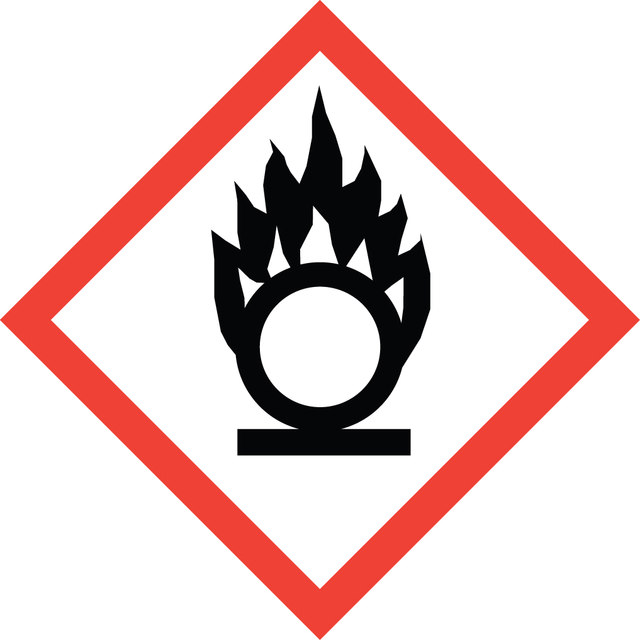登录 查看公司和协议定价
选择尺寸
关于此项目
经验公式(希尔记法):
H5IO6
化学文摘社编号:
分子量:
227.94
EC 号:
MDL编号:
UNSPSC代码:
12352106
PubChem化学物质编号:
NACRES:
NA.21
等级
ACS reagent
质量水平
方案
99%
99.0-101.0% (ACS specification)
表单
powder or crystals
反应适用性
reaction type: C-H Activation
reagent type: catalyst
reagent type: oxidant
杂质
≤0.01% insolubles
≤0.01% other halogens
灼烧残渣
≤0.01%
mp
122 °C (lit.)
溶解性
water: soluble
痕量阴离子
sulfate (SO42-): ≤0.01%
痕量阳离子
Fe: ≤0.003%
heavy metals: ≤0.005%
应用
histology
SMILES字符串
OI(O)(O)(O)(O)=O
InChI
1S/H5IO6/c2-1(3,4,5,6)7/h(H5,2,3,4,5,6,7)
InChI key
TWLXDPFBEPBAQB-UHFFFAOYSA-N
正在寻找类似产品? 访问 产品对比指南
一般描述
Periodic acid is an inorganic acid commonly used as an oxidizing agent. Periodic acid oxidation is one of the steps in the periodate-resorcinol assay, used in the determination of sialic acid. Periodic acid reacts with 1,2 glycol linkage of carbohydrates to form aldehydes which can be stained by Schiff′s reagent. Therefore periodic-acid-Schiff′s reagent (PAS) is used in histochemistry to determine carbohydrates in tissue sections.
应用
Periodic acid may be used in the following reactions:
- Oxidation of alcohols to ketones and aldehydes.
- Oxidation hydroxylamine derivatives.
- Oxidation of arenes to quinones.
- Deprotection of the dithio- and oxathio-derivatives.
- Oxidative degradation of epoxidized natural rubber (ENR).
- Oxidation of urazoles and bis-urazoles to triazolinediones.
- Oxidative cleavage of glucosazone.
警示用语:
Danger
危险分类
Aquatic Acute 1 - Aquatic Chronic 1 - Eye Dam. 1 - Ox. Sol. 1 - Skin Corr. 1B - STOT RE 1 Oral
靶器官
Thyroid
储存分类代码
5.1A - Strongly oxidizing hazardous materials
WGK
WGK 3
闪点(°F)
Not applicable
闪点(°C)
Not applicable
法规信息
危险化学品
此项目有
Deblocking of dithioacetals and oxathioacetals using periodic acid under mild nonaqueous conditions.
Shi XX, et al.
Tetrahedron Letters, 37(25), 4331-4334 (1996)
The sialic acids. XI. A periodate-resorcinol method for the quantitative estimation of free sialic acids and their glycosides.
G W Jourdian et al.
The Journal of biological chemistry, 246(2), 430-435 (1971-01-25)
The Action of Periodic Acid on Glucose Phenylosazone.
Chargaff E and Magasanik B.
Journal of the American Chemical Society, 69(6), 1459-1461 (1947)
Periodic Acid Oxidation.
Jackson EL.
Organic Reactions, 341-375 null
Carbohydrate histochemistry studied by acetylation techniques: I. Periodic acid methods.
McManus JFA and Cason JE.
The Journal of Experimental Medicine, 91(6), 651-651 (1950)
我们的科学家团队拥有各种研究领域经验,包括生命科学、材料科学、化学合成、色谱、分析及许多其他领域.
联系客户支持


